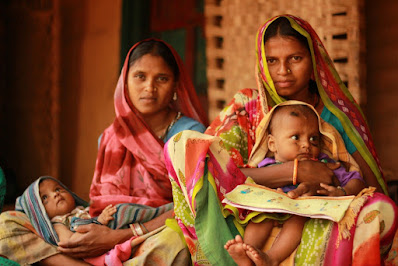Usually, it takes around 18 to 254 days to form a new habit, and around 66 days for a new behaviour to convert into a habit. The period of lockdown in India gave a break to our normal routines, and provided an opportunity to unlearn some things, while forming new habits that would help contain the spread of corona virus. These included habits like washing hands frequently, wearing a mask when going out, maintaining social distance.
But even as people adapt to this change, there are certain ‘Indian’ habits that have not changed, and would not help the curve to flatten anytime soon. Let’s see what these are-
1) Spitting in public: This also includes those who like chewing beetle leaves and painting the town red with ‘pan peek’. No matter where you go, you can see people pulling down their masks and spitting with no consideration whatsoever. In June, Delhi police registered 1272 cases of spitting in public, and started levying a fine of Rs.1000. In one unique case, 3 people beat a police constable when he objected their action of spitting on roadside!
2) Congregating at places of worship: Be it
Tabligi Jamaat or people thronging in temples during the holy month of Savan for
pooja, or be it attending Sunday mass in church- social distancing goes for a
toss in such places. It is more likely that you are closer to Coronavirus than
God at a crowded place.
3) Believing you have better immunity than
foreigners: Just because you have eaten aalo tikki chat, chowmein, paani puri
and so for from a roadside stall and not fallen sick doesn’t guarantee
protection from Corona virus. This virus is highly mutable and there is no medical
evidence to prove that Indians have a better immune system than people of other
nationalities.
4) Wearing mask on chin – Indians may have
learned to wear masks, but some are yet to learn to put it properly on their face!
People are often spotted with masks pulled down to their chin while talking or
walking, because apparently it is ‘easier to breath’ that way. Pic:Reddit.com
Pic:Reddit.com
5) Visiting/meeting friends and relatives during lockdown- When the government ordered a lockdown, the intention was to keep people from moving from one place to another, unless a medical emergency. But many took this as an opportunity to catch up with old friends and visiting relatives. There have been cases reported wherein wedding parties booked two adjacent rooms in a banquet hall to accommodate more baratis and fool the police. Asking only 50 guests too attend your marriage is just so unIndian! Phew….







